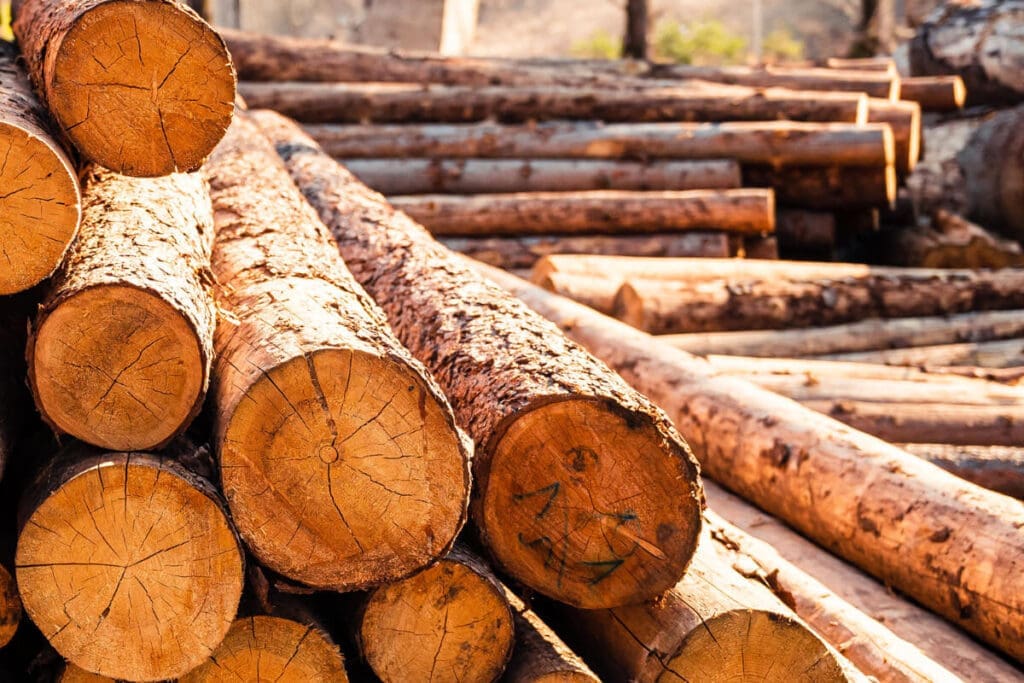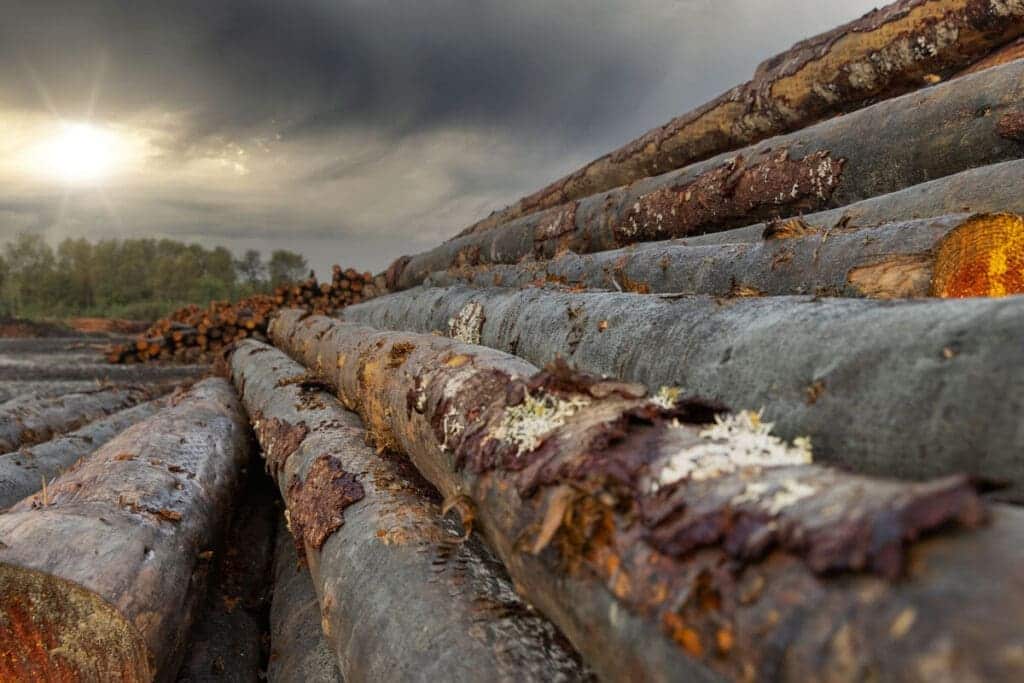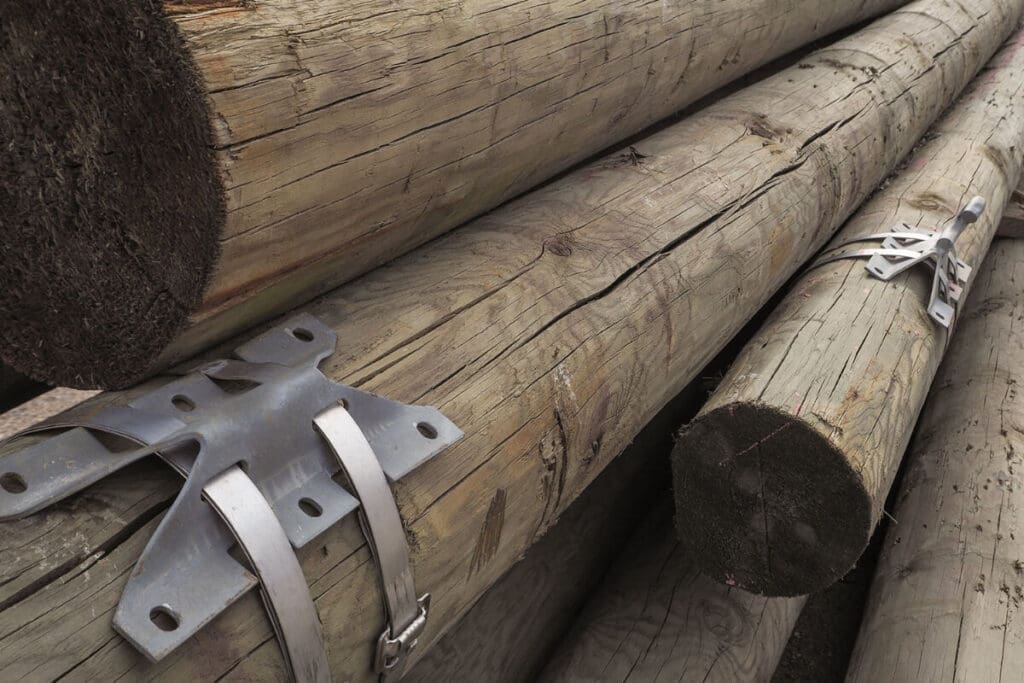When many peoples are working with wood, they may want to understand if wood can be a conductor of electricity. Or they want to understand if electrical currents can easily pass through wood and wood surfaces.
Wood is usually considered an insulator of electricity, not a conductor of electricity; most metals are good electrical conductors. The exception to wood being an electrical conductor is if the wood is wet, then the water in the wood will act as an electrical conductor and allow the electricity to pass through the wood. Wood can only conduct electricity when moisture is present in the wood.
Table of Contents
- Wood Is Not A Good Electrical Conductor
- Why Wood Is Not A Good Electricity Conductor
- Electrical Conductors And Insulators Explained
- Related Content
Wood Is Not A Good Electrical Conductor
Wood is not considered to be an excellent electrical conductor. That is because it does not let electricity flow easily through it.
If wood came in contact with small amounts of electricity, it would not be a good conductor. High voltage might pass through wood under certain conditions if the wood is damp, but that would be the exception and not the rule.

Metals are considered excellent conductors because they allow the electrical current to flow through the metal easily. The flow of electricity is called a current.
Wood is considered to be an insulator. Most materials, not metal, such as plastic, wood, and rubber, are considered insulators and not electricity conductors.
Why Wood Is Not A Good Electricity Conductor
Wood is usually classified under a group of substances known as dielectrics because, under normal circumstances, it will not conduct electricity. A piece of wood that is completely dried will not allow electricity to go through it.
Only Wet Wood Conducts Electricity
But if the wood is wet for some reason, then it may conduct electricity. In a case like this, the water content of the wood is conducting the electricity and not the wood itself.

Because when the wood is damp, some electricity can pass through it, and there can be confusion if the wood is an electrical conductor. Dry wood does not conduct electricity, only wet wood; the wood must have water content for the electricity to flow through the wood.
Definition Of Electrical Current And Wood
To understand why wood is not a conductor of electricity, we need to understand the definition of electrical current. Electrical current is the process of electricity flowing freely through a product or material; metal, for example, will allow electricity to flow freely.
Wood comprises many molecules tightly bound together; these molecules contain atoms. The atoms in wood are so tightly bound that they do not move and, therefore, do not allow the free flow of electricity to pass through them.

There is a certain degree of polarization in the wood when an electrical field is placed on it, but that polarization is not as free-moving as it is in other substances such as metal.
Electrical Conductors And Insulators Explained
In understanding electrical conductors and insulators, you need to realize that there is no perfect insulator or conductor for electricity. There are just those materials that are considered to be better than others.
Metal is considered is be the best conductor of electricity. The reason is the modular structure of metal and how electricity can pass through metal.
Wood, especially dried wood, is considered an insulator. It can only conduct electricity if the wood is wet because the wetness will change the wood and allow electricity to pass through it.
Pure water is also considered an insulator, but it can now conduct electricity when salt and other minerals are added. Since it is almost impossible to find 100% pure water, water is usually considered a conductor of electricity.
That is why you are told to get out of the water when swimming in a pool; it is thunder and lightning outside.
Because water must be present in the wood to conduct electricity, we do not consider it an excellent electrical conductor. There are many other better electrical conductors, like all kinds of metals.
Find out more about how Mondoro can help you create, develop, and manufacture excellent home decor and furniture products – don’t hesitate to contact me, Anita. Check out my email by clicking here or become a part of our community and join our newsletter by clicking here.
Mondoro gives out a FREE Lookbook to anyone interested. You can receive a copy of our latest Lookbook by clicking here.
Listen to our Podcast called Global Trade Gal. You can find it on all major podcast platforms. Try out listening to one of our podcasts by clicking here.
Subscribe to our Mondoro Company Limited YouTube Channel filled with great videos and information by clicking here.
Related Content
What Are The Types Of Wood Used In Furniture?
Wood for furniture is divided up into complex and softwood. Though the woods have some similarities, they also have some differences. Different looks and types of furniture may require a certain kind of wood. Some wood species will be higher priced, and others will be cheaper; price, durability, look, color, finish, and structure can decide what wood to choose for your furniture piece.
You can find out more by reading What Are The Types Of Wood Used In Furniture? by clicking here.
Hardwood Solids Furniture, What Does The Term Mean?
Hardwood solids can include non-solid woods such as engineered woods. Hardwood solids are used in furniture and other industries to classify what kind of wood is used in a product. The terms usually do not classify what type of wood is used.
You can discover more by reading Hardwood Solids Furniture, What Does The Term Mean? by clicking here.
Differences Between Solid Wood, Plywood, Pressboard, And OSB?
Solid wood is wood cut from a tree and made into products; plywood is considered engineered wood. Pressboard is made from paper, including recycled paper. OSB is also known as Oriented Strand Board, and because of its strength is used a lot in roofing, housing, and floors.
You can discover more by reading our blog Differences Between Solid Wood, Plywood, Pressboard, And OSB? by clicking here.

